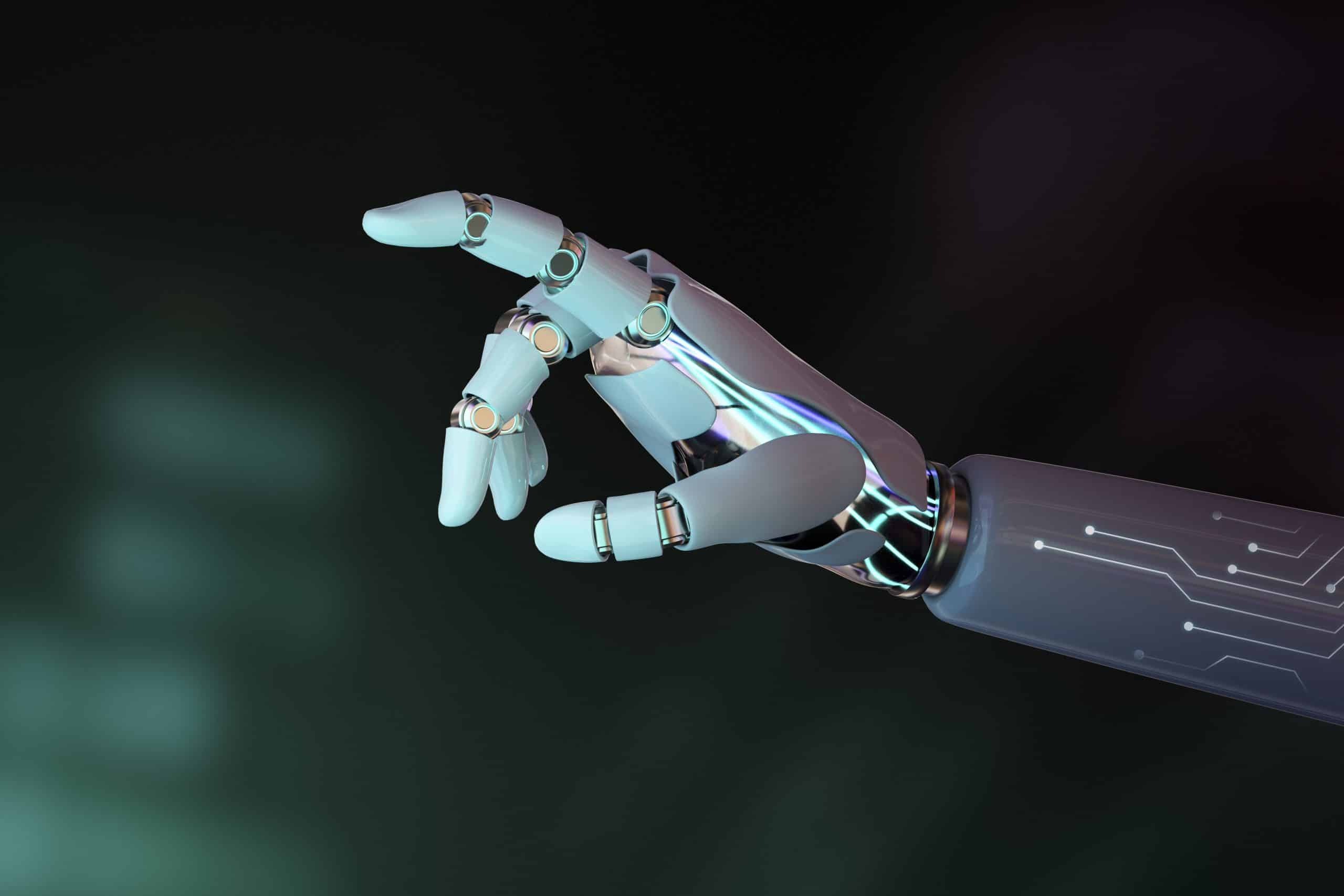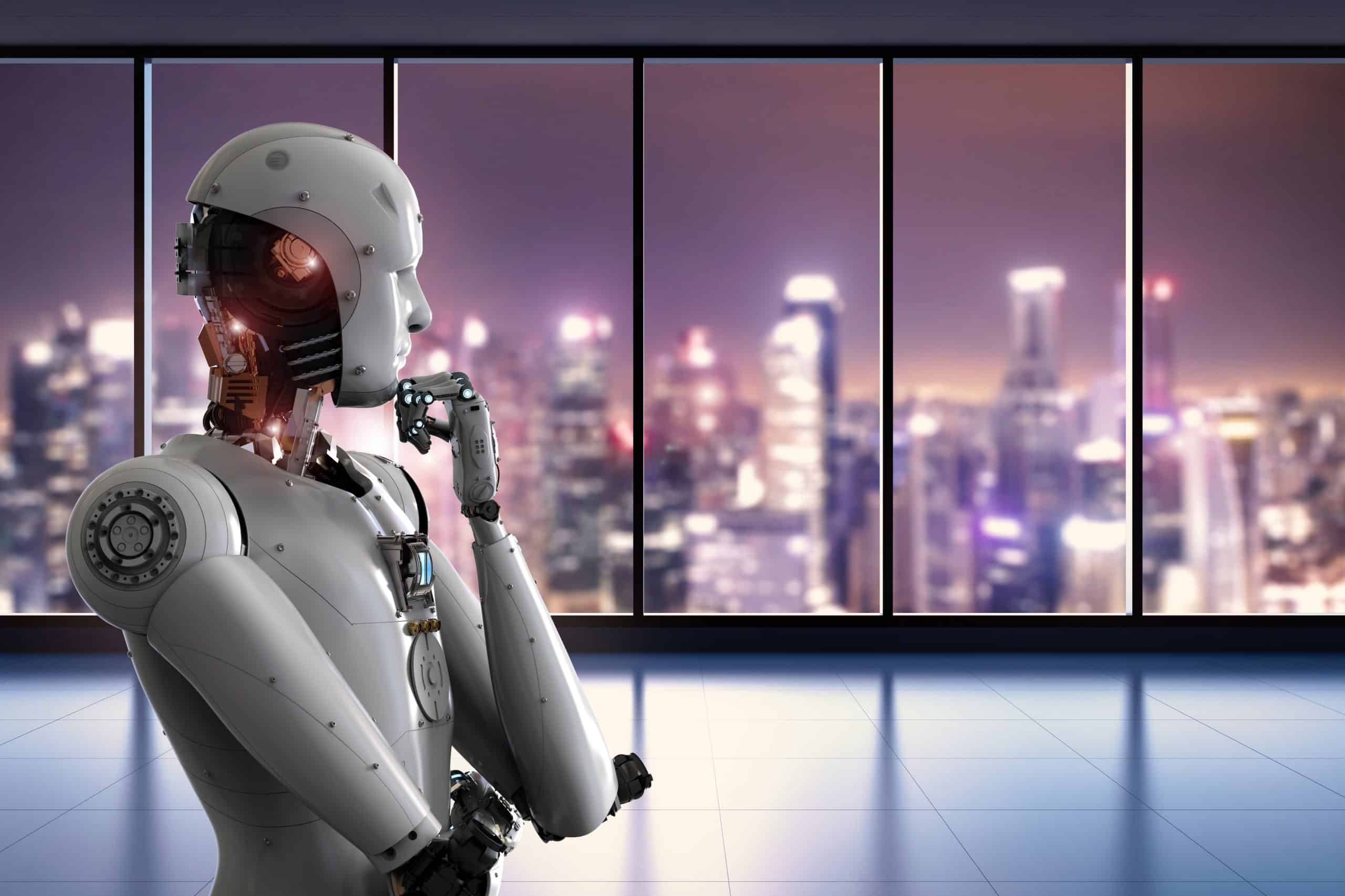In a new study published in Science Robotics, a Columbia Engineering team explain how their robot created a kinematic model of itself and used that to plan motion, reach goals and avoid obstacles in various situations.
The work could be significant for multiple reasons, including the potential it could have in the future for labour.
Though it is not always completely accurate and realistic in our minds, our body image develops when we are young so that we can physically function in the world.
Human brains learn how to plan ahead and account for our bodies so that tasks like picking something up from the floor are done effortlessly.
“We humans clearly have a notion of self,” said the study’s first author Boyuan Chen, who led the work and is now an assistant professor at Duke University.
“Close your eyes and try to imagine how your own body would move if you were to take some action, such as stretch your arms forward or take a step backward.
“Somewhere inside our brain we have a notion of self, a self-model that informs us what volume of our immediate surroundings we occupy, and how that volume changes as we move.”

A robotic arm was placed in a circle of five streaming video cameras where it could watch itself and learn how its body moves in response to various motor commands.
After about three hours, it stopped once it finished learning the connections between its actions and the volume it occupied in the environment.
“We were really curious to see how the robot imagined itself,” said Hod Lipson, professor of mechanical engineering and director of Columbia’s Creative Machines Lab where this was work was accomplished.
“But you can’t just peek into a neural network; it’s a black box.”
The authors hypothesised in the study that “the ability of robots to model themselves fully, including both morphology and control, will put robots on the path to what could be construed as an early form of self-awareness”.
Lipson and the researchers are aware of the risks and controversy around giving machines more autonomy and self-awareness.
“We have to go slowly and carefully, so we can reap the benefits while minimizing the risks,” he said.






